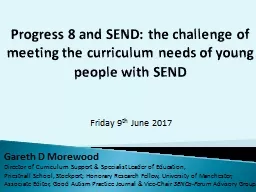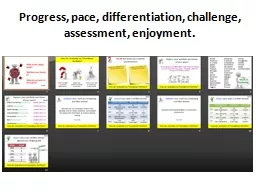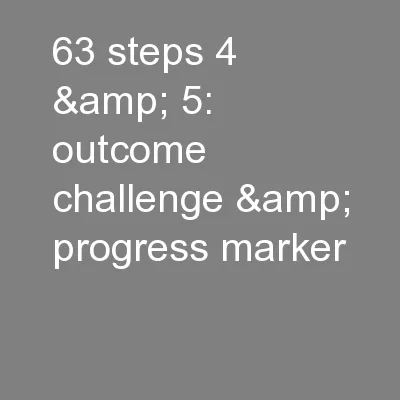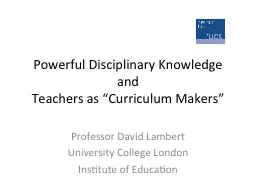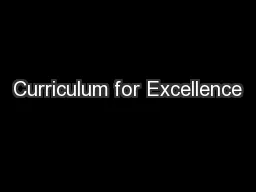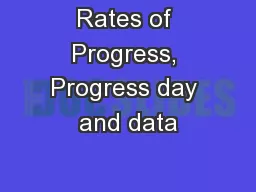PPT-Progress 8 and SEND: the challenge of meeting the curriculum needs of young people with
Author : conchita-marotz | Published Date : 2018-02-06
Gareth D Morewood Director of Curriculum Support amp Specialist Leader of Education Priestnall School Stockport Honorary Research Fellow University of Manchester
Presentation Embed Code
Download Presentation
Download Presentation The PPT/PDF document "Progress 8 and SEND: the challenge of me..." is the property of its rightful owner. Permission is granted to download and print the materials on this website for personal, non-commercial use only, and to display it on your personal computer provided you do not modify the materials and that you retain all copyright notices contained in the materials. By downloading content from our website, you accept the terms of this agreement.
Progress 8 and SEND: the challenge of meeting the curriculum needs of young people with: Transcript
Download Rules Of Document
"Progress 8 and SEND: the challenge of meeting the curriculum needs of young people with"The content belongs to its owner. You may download and print it for personal use, without modification, and keep all copyright notices. By downloading, you agree to these terms.
Related Documents

